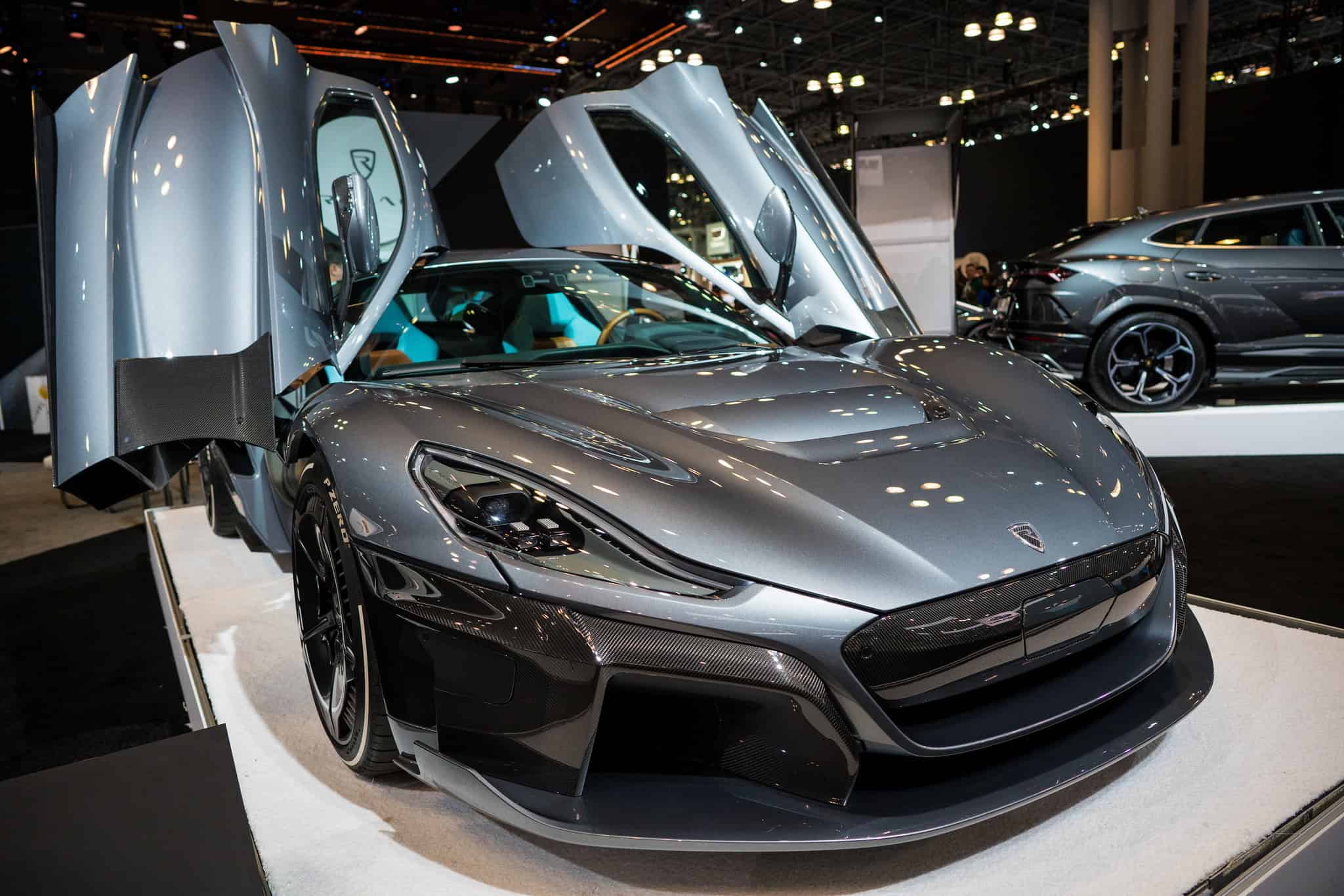The evolution of video game consoles has been a fascinating journey, marked by innovation, competition, and a relentless drive to enhance the gaming experience. From the early days of simple graphics and basic gameplay to the sophisticated, immersive worlds of today, each console has contributed uniquely to the industry. This list explores the 19 most influential video game consoles of all time, highlighting their groundbreaking features, iconic games, and lasting impact on gaming culture.
Atari 2600 (1977)

The Atari 2600, originally known as the Atari VCS, is often credited with popularizing video game consoles. Released in 1977, it brought arcade-style gaming into the home with interchangeable cartridges. Its joystick and paddle controllers, along with iconic games like “Space Invaders” and “Pac-Man,” set a standard for future consoles. The Atari 2600’s success marked the beginning of the video game industry as we know it today.
Nintendo Entertainment System (NES) (1985)

The NES revitalized the video game market after the crash of 1983. Its release in 1985 introduced many gamers to classic titles like “Super Mario Bros.,” “The Legend of Zelda,” and “Metroid.” The console’s innovative design, including the D-pad controller, and Nintendo’s strict quality control policies ensured a higher standard of game quality and a lasting impact on the industry.
Sega Genesis (1989)
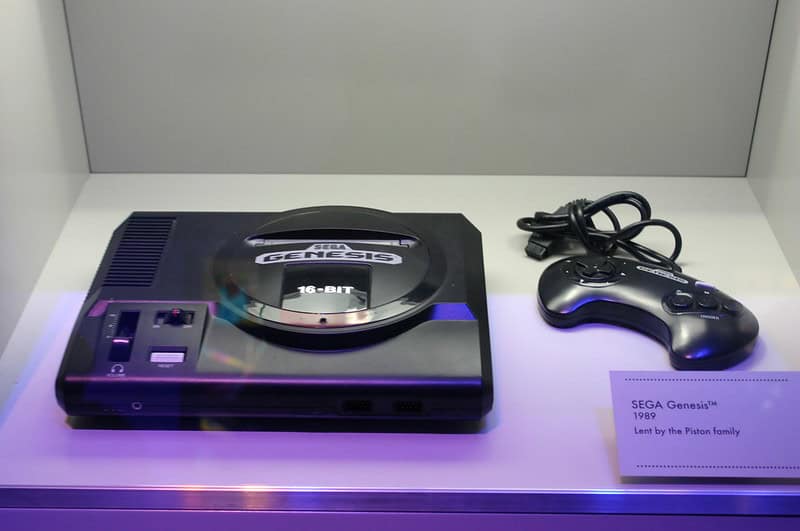
The Sega Genesis, known as the Mega Drive outside North America, was a significant competitor to the NES. Released in 1989, it offered superior graphics and sound capabilities, appealing to older gamers with titles like “Sonic the Hedgehog” and “Mortal Kombat.” The Genesis helped establish Sega as a major player in the console market and set the stage for the intense Sega vs. Nintendo rivalry of the 1990s.
Sony PlayStation (1994)
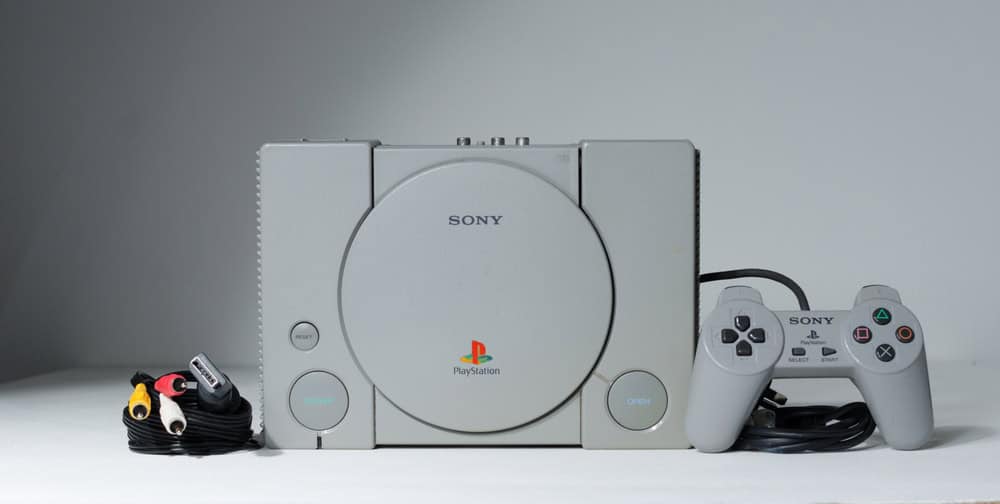
The original PlayStation revolutionized gaming with its use of CD-ROMs, allowing for larger and more complex games. Released in 1994, it introduced iconic franchises such as “Final Fantasy,” “Gran Turismo,” and “Resident Evil.” The PlayStation’s success established Sony as a dominant force in the gaming industry and set the foundation for future PlayStation consoles.
Sega Dreamcast (1999)
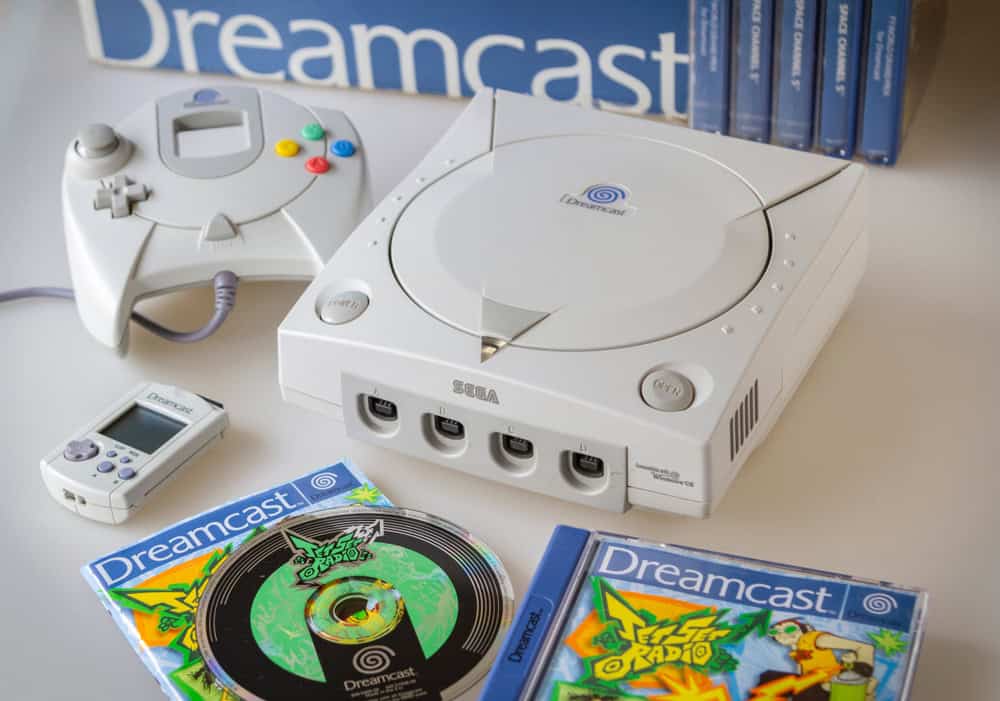
Although short-lived, the Sega Dreamcast, released in 1999, was ahead of its time with features like online gaming and a built-in modem. It introduced memorable games such as “Sonic Adventure,” “Shenmue,” and “Phantasy Star Online.” The Dreamcast’s influence is seen in its pioneering efforts in online connectivity and its cult following among gamers.
Sony PlayStation 2 (2000)
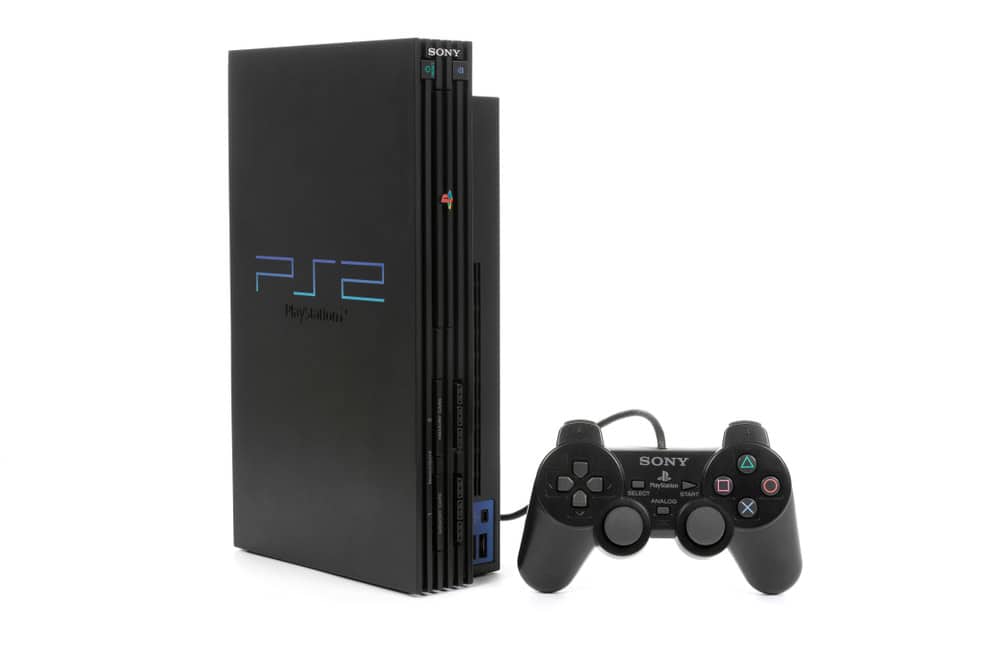
The PlayStation 2, launched in 2000, is the best-selling console of all time with over 155 million units sold. It offered backward compatibility with PlayStation games and a vast library of titles, including “Grand Theft Auto III,” “Metal Gear Solid 2,” and “Final Fantasy X.” The PS2’s DVD playback capability also contributed to its widespread adoption, making it a central entertainment hub.
Microsoft Xbox (2001)
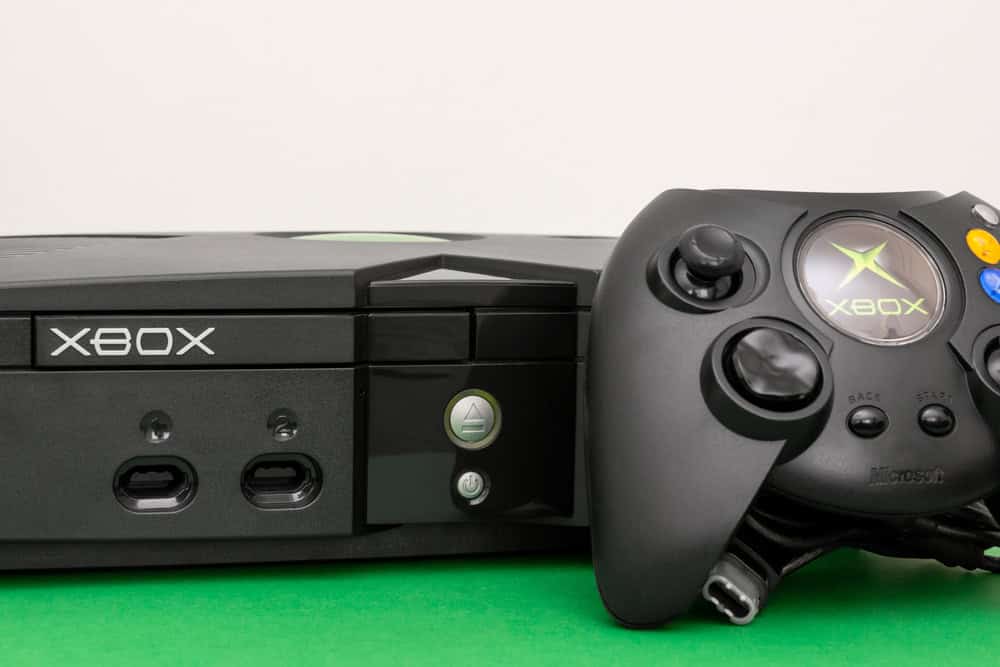
Microsoft entered the console market with the Xbox in 2001, introducing innovations like a built-in hard drive and the Xbox Live online service. The Xbox’s robust online multiplayer experience and groundbreaking titles like “Halo: Combat Evolved” and “Fable” set new standards for console gaming and established Microsoft as a key player in the industry.
Nintendo GameCube (2001)
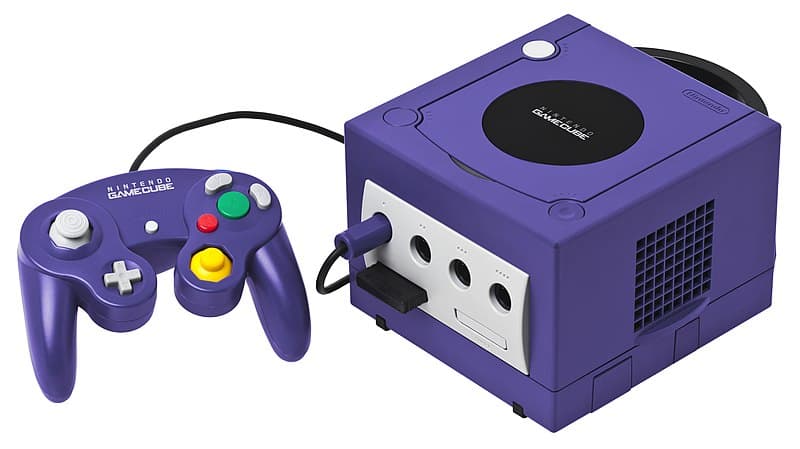
The Nintendo GameCube, released in 2001, featured a compact design and introduced the use of mini-discs. It was home to beloved games like “Super Smash Bros. Melee,” “Metroid Prime,” and “The Legend of Zelda: The Wind Waker.” The GameCube’s focus on multiplayer gaming and its array of first-party titles cemented its place in gaming history.
Sony PlayStation 3 (2006)
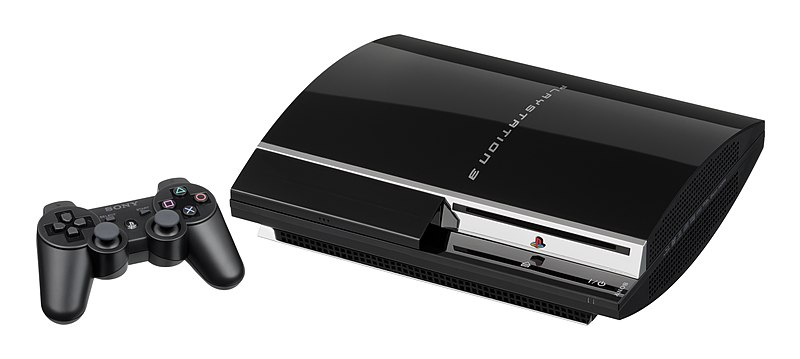
The PlayStation 3, launched in 2006, pushed the boundaries of console gaming with its powerful hardware, Blu-ray disc support, and robust online capabilities. Despite a rocky start, the PS3 found success with titles like “Uncharted,” “The Last of Us,” and “Metal Gear Solid 4.” Its contributions to high-definition gaming and multimedia capabilities were significant.
Nintendo Wii (2006)
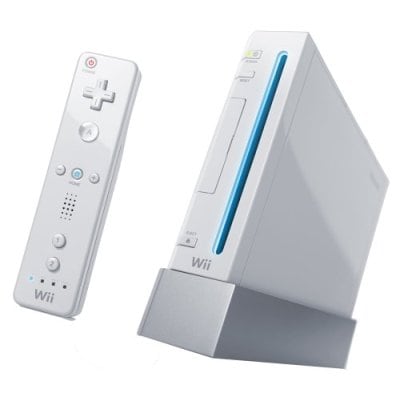
The Nintendo Wii, released in 2006, revolutionized gaming with its motion-sensing controllers and focus on casual gaming. It appealed to a broad audience, including non-gamers, with accessible titles like “Wii Sports” and “Mario Kart Wii.” The Wii’s success demonstrated the potential for innovative control schemes and broadened the demographic reach of video games.
Microsoft Xbox 360 (2005)
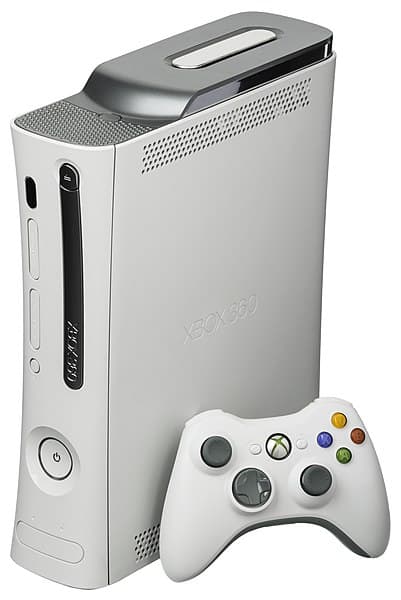
The Xbox 360, released in 2005, built upon the success of the original Xbox with improved graphics, online services, and a strong library of games including “Halo 3,” “Gears of War,” and “Mass Effect.” Its Xbox Live service set new standards for online multiplayer and digital distribution, solidifying Microsoft’s position in the gaming market.
Sony PlayStation 4 (2013)
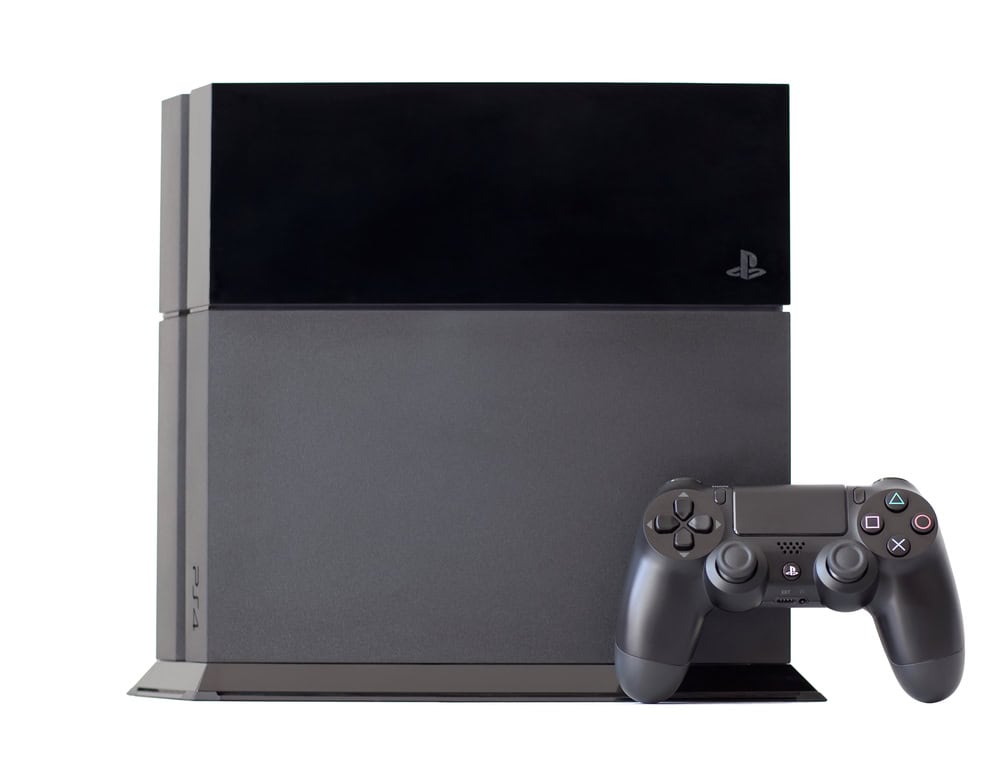
The PlayStation 4, launched in 2013, became one of the fastest-selling consoles in history. It offered powerful hardware, an improved controller, and a strong lineup of exclusive titles like “Horizon Zero Dawn,” “God of War,” and “Spider-Man.” The PS4’s focus on social features and streaming capabilities reflected the changing landscape of gaming.
Nintendo Switch (2017)
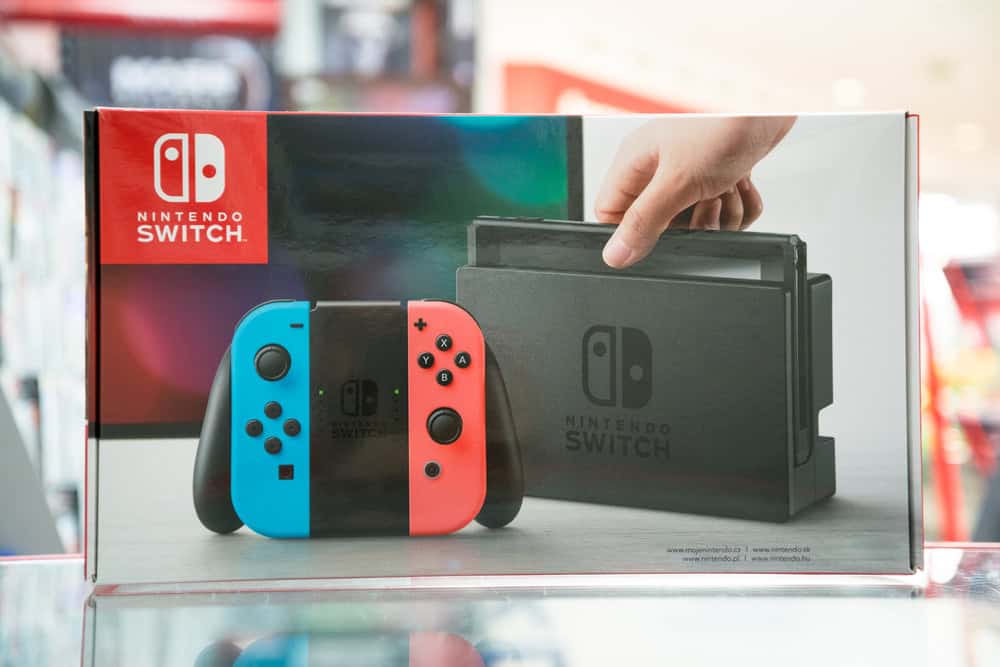
The Nintendo Switch, released in 2017, combined the best of home and portable gaming. Its hybrid design allowed players to seamlessly switch between handheld and docked modes. With a stellar lineup of games including “The Legend of Zelda: Breath of the Wild,” “Super Mario Odyssey,” and “Animal Crossing: New Horizons,” the Switch has become a massive success and a testament to Nintendo’s innovative approach.
Sony PlayStation 5 (2020)
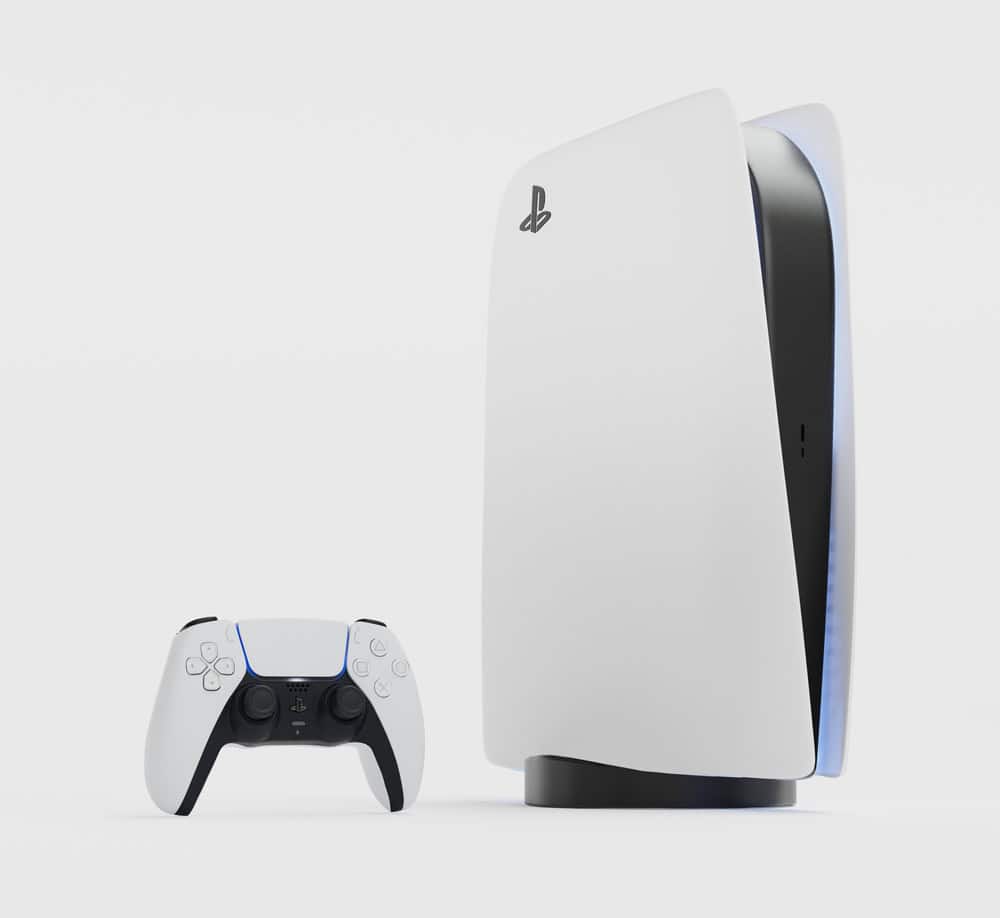
The PlayStation 5, launched in 2020, continues Sony’s legacy of powerful consoles with advanced hardware, including a custom SSD for fast loading times and ray tracing capabilities. Its new DualSense controller with haptic feedback and adaptive triggers enhances the gaming experience. The PS5’s early success and impressive game library, featuring titles like “Demon’s Souls” and “Ratchet & Clank: Rift Apart,” indicate a promising future.
Microsoft Xbox Series X/S (2020)
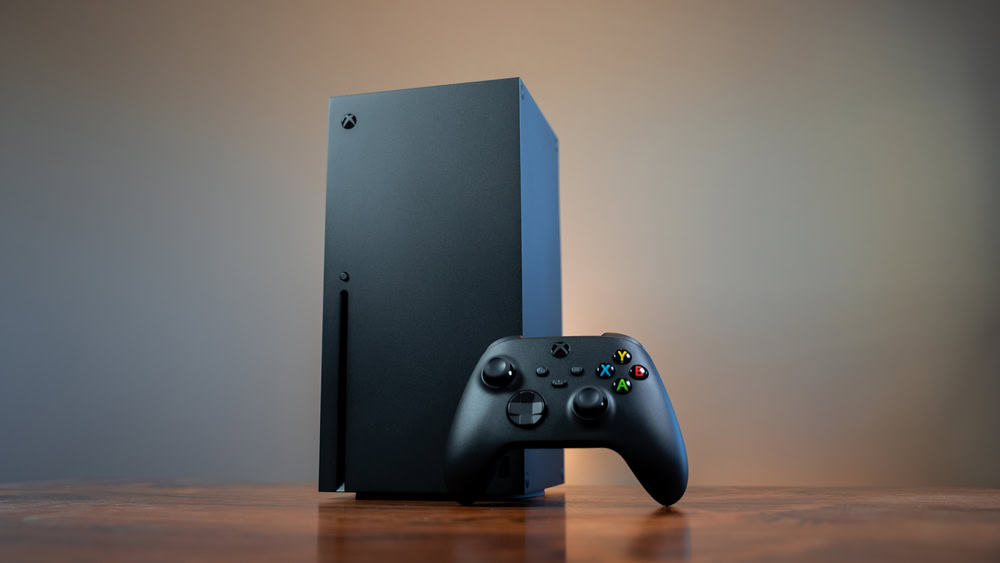
Released in 2020, the Xbox Series X and Series S represent Microsoft’s next generation of gaming. The Series X offers powerful hardware for high-fidelity gaming, while the Series S provides a more affordable option with digital-only content. Both consoles emphasize backward compatibility and Xbox Game Pass, a subscription service that provides access to a vast library of games, highlighting Microsoft’s commitment to value and accessibility in gaming.
Sony PlayStation Portable (PSP) (2004)

The PlayStation Portable, released in 2004, was Sony’s first foray into handheld gaming. It offered advanced graphics and multimedia capabilities, setting it apart from other handhelds. Popular titles like “God of War: Chains of Olympus” and “Crisis Core: Final Fantasy VII” showcased the PSP’s power. Its influence extended beyond gaming, as it also functioned as a media player and internet browser.
Nintendo DS (2004)
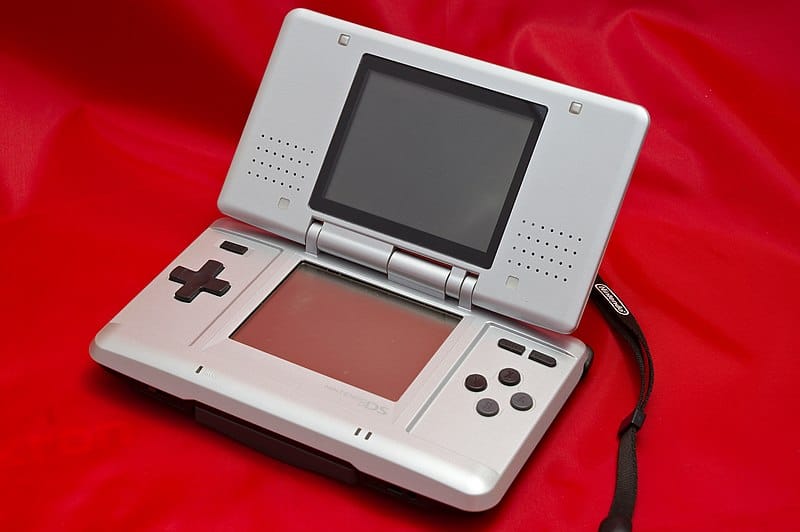
The Nintendo DS, launched in 2004, revolutionized handheld gaming with its dual-screen design and touch-sensitive controls. It introduced innovative gameplay experiences with titles like “Brain Age,” “Nintendogs,” and “Pokémon Diamond and Pearl.” The DS’s vast library of games and unique features made it one of the best-selling handheld consoles of all time.
Sega Saturn (1994)
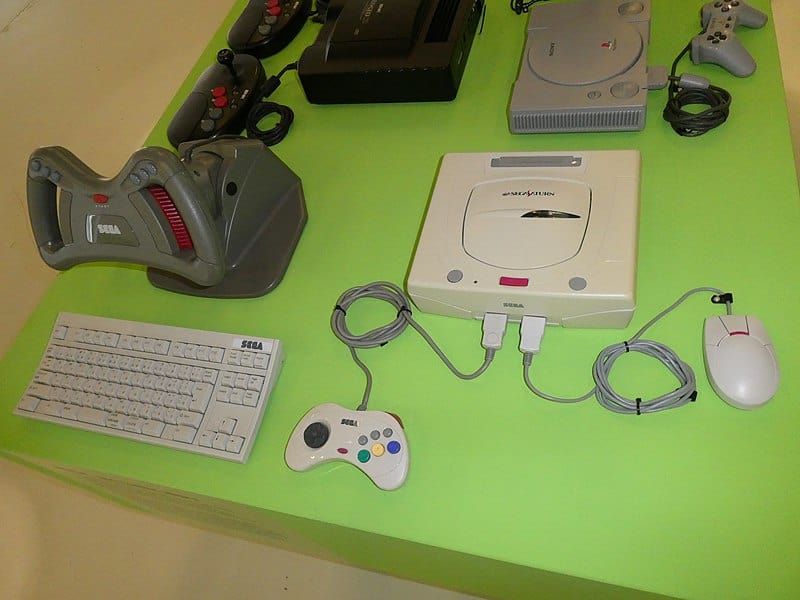
Though not as commercially successful as other consoles, the Sega Saturn, released in 1994, was influential for its advanced hardware and focus on arcade-style games. Titles like “Virtua Fighter,” “Nights into Dreams,” and “Panzer Dragoon” showcased its capabilities. The Saturn’s struggle against the PlayStation and N64 highlighted the importance of developer support and marketing in the console wars.
Neo Geo (1990)

The Neo Geo, released in 1990, was known for its high price and arcade-perfect graphics, offering a premium gaming experience. It brought arcade hits like “Metal Slug,” “The King of Fighters,” and “Samurai Shodown” into homes with unparalleled fidelity. While not as widely adopted due to its cost, the Neo Geo’s influence is seen in its dedication to arcade-quality gaming and its enduring legacy among enthusiasts.
This article originally appeared on Rarest.org.
More From Rarest.Org
Throughout history, many ancient recipes have stood the test of time, continuing to delight taste buds around the world. These culinary treasures offer not only delicious flavors but also a rich tapestry of cultural heritage. Read more.
In the world of soccer, certain teams stand out not only for their on-field success but also for their immense market value. These clubs have built global brands, attracted star players, and consistently delivered top performances in domestic and international competitions. Read more.
Electric cars have come a long way from their humble beginnings, now offering not only eco-friendly alternatives to traditional vehicles but also luxury, performance, and cutting-edge technology. Read more.



